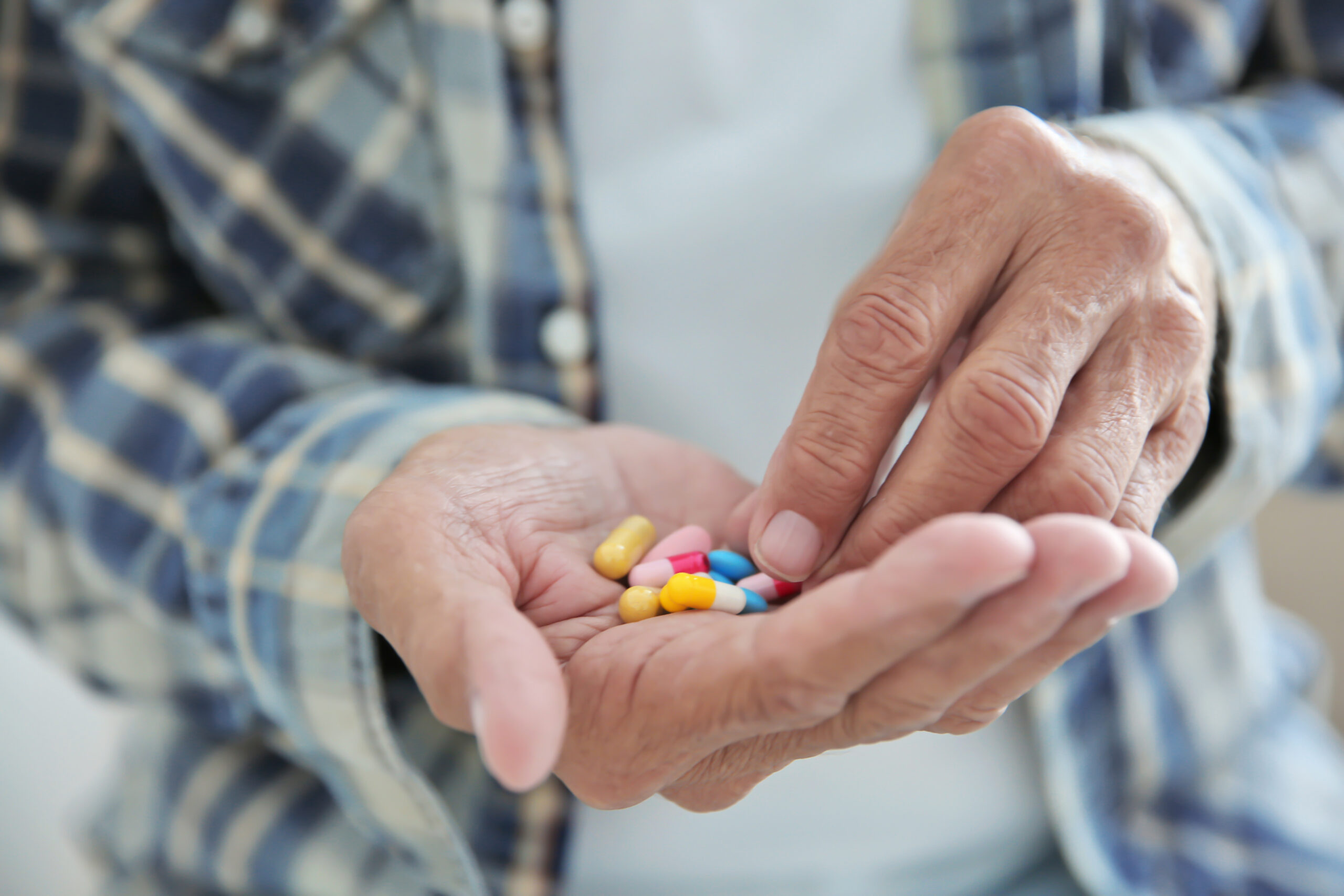How to recognize and manage urinary incontinence in seniors
Urinary incontinence is a common issue among seniors, but it’s often misunderstood or overlooked. Recognizing and managing it can greatly improve quality of life for older adults.
**What is Urinary Incontinence?**
Urinary incontinence means having trouble controlling your bladder, leading to urine leakage. This can range from a small leak when coughing or laughing to more severe, uncontrollable wetting[2]. It affects both men and women but is twice as common in women due to factors like pregnancy, childbirth, menopause, and differences in urinary tract anatomy[2].
**Signs to Watch For**
– Leakage during physical activities such as coughing, laughing, or exercising (stress incontinence)[1].
– A sudden strong urge to urinate followed by leakage (urge incontinence)[3].
– Frequent urination with only small amounts passed each time.
– New onset of urinary accidents or wetting.
– Skin irritation or rashes around the genital area caused by moisture.
– In seniors especially women, symptoms might be subtle and include confusion or fatigue if related infections occur[4][5].
**Why Does It Happen?**
In older adults, changes like weakened bladder muscles and reduced control over the urinary sphincter contribute to incontinence. Women face additional risks after menopause because lower estrogen levels thin vaginal tissues and disrupt healthy bacteria balance—making infections more likely[5]. Urinary tract infections (UTIs) themselves can cause new or worsening bladder control problems.
**Managing Urinary Incontinence**
1. **See a Healthcare Provider:** Since urinary incontinence isn’t just “part of aging,” professional evaluation helps identify causes such as infections or other medical conditions that need treatment[2].
2. **Lifestyle Adjustments:**
– Limit caffeine and alcohol which irritate the bladder.
– Maintain a healthy weight; excess weight increases pressure on the bladder.
– Schedule regular bathroom visits rather than waiting for urgency.
3. **Pelvic Floor Exercises:** Also called Kegel exercises—these strengthen muscles that control urination and are effective especially for stress-related leakage.
4. **Bladder Training:** Gradually increasing intervals between bathroom visits helps regain better control over urges.
5. **Medications:** Some drugs help calm an overactive bladder causing urge leaks; these should be prescribed by a doctor after proper diagnosis[3].
6. **Treat Underlying Issues:** If UTIs are present—which often cause sudden worsening of symptoms—they must be treated promptly with antibiotics[4][5].
7. **Skin Care:** Keeping skin clean and dry prevents irritation from constant moisture exposure.
8. **Use Protective Products if Needed:** Pads designed for urinary leakage provide comfort while managing accidents discreetly.
**Emotional Impact**
Living with urinary incontinence can lead to embarrassment, anxiety, depression—and sometimes social withdrawal—but understanding that it’s treatable encourages seeking help early on[2]. With proper care strategies tailored individually by healthcare professionals, many seniors regain confidence and enjoy active lives again.
In summary: recognizing signs early—like unexpected leaks during activity or sudden urges—and consulting healthcare providers leads to effective management through lifestyle changes, exercises, medications when necessary, treating infections promptly plus good skin care practices all helping seniors live comfortably despite this condition.





